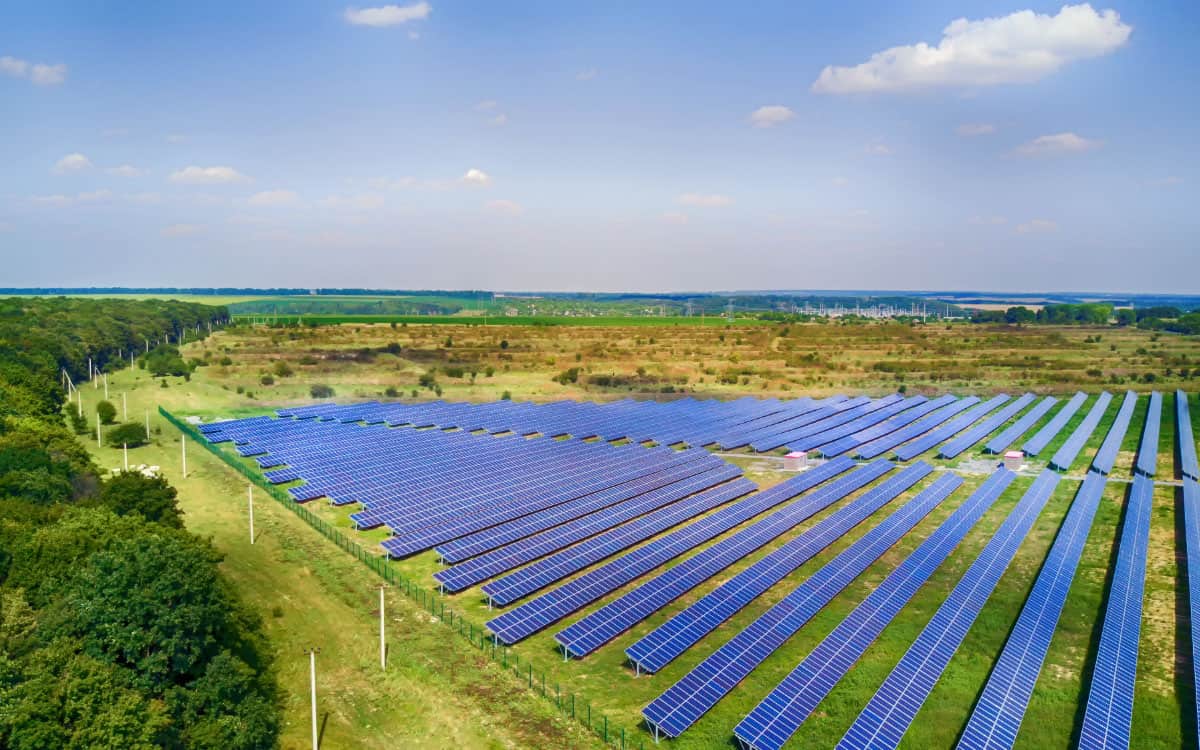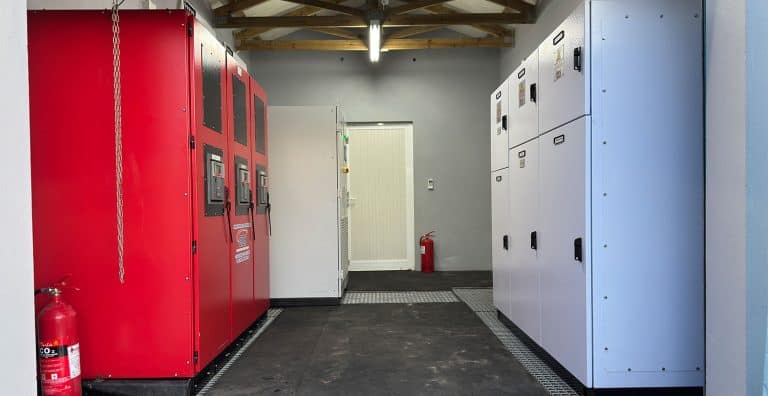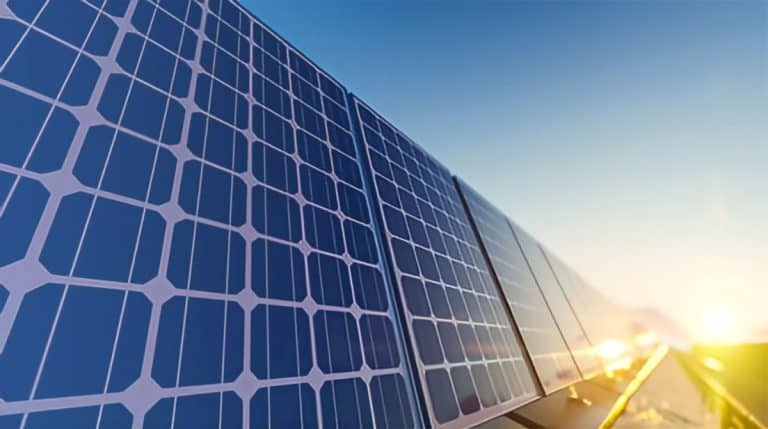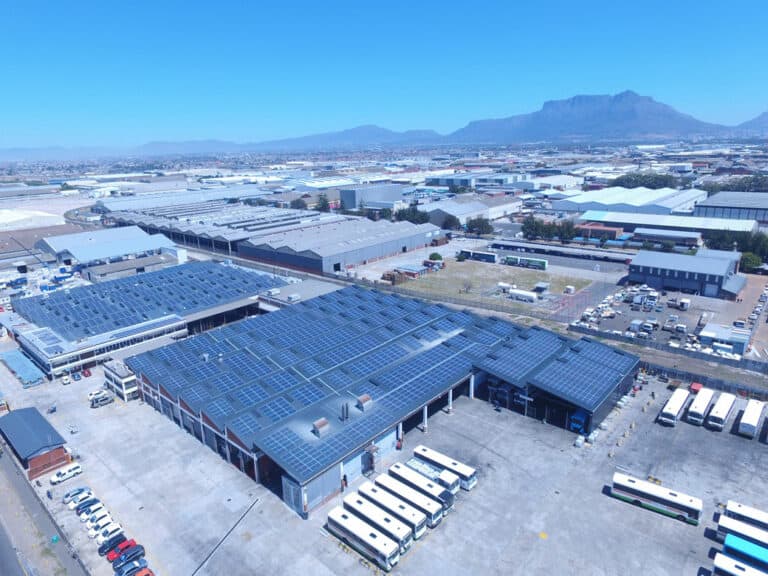South Africa’s electricity crisis only affects trade and industry significantly. The country experiences regular blackouts. Load-shedding is a proactive way of reducing electricity load. Load-shedding is highly disruptive. It impacts businesses. Additionally, it impacts everyday community life. As a result, solar farming is becoming more popular.
Solar power is the conversion of energy from sunlight into electricity. This is done directly using photovoltaic (PV) panels. Alternately, indirectly using concentrated solar power. Otherwise, a combination can apply. Concentrated solar power systems use lenses or mirrors and solar tracking systems to focus a large area of sunlight into a small beam. PV cells convert light into an electric current using the photovoltaic effect.
South Africa’s sunny climate is ideal for solar farming. It has been adopted in both the agricultural and industrial sectors.
Space needed
Solar installations need space. The rule of thumb is that for every 1kW of solar panelling, approximately 9 square meters is needed. This means, that, for a 1mW solar PV power plant, about 2.5 acres or 9 290 square metres is needed.
However, this can vary. Work out your specifications. Do the calculations.
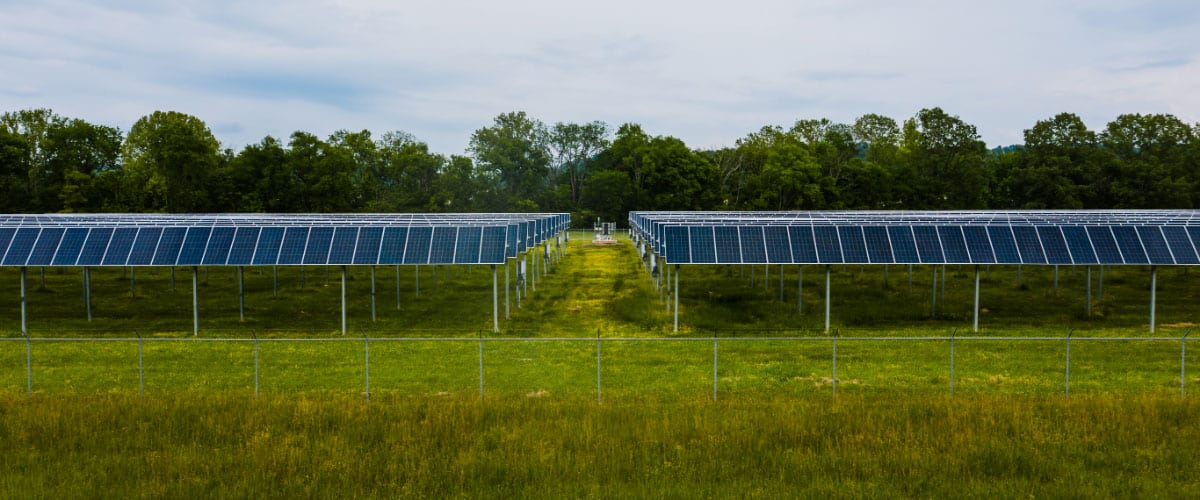
Solar panelling for farming
The farming industry is turning to solar as a way to increase their independence. Moreover, this enables cost savings. Solar energy is used on farms to heat water, warm or cool facilities, or for general electricity. It can boost the productivity of farms.
Farmers often have the advantage of plenty of open space. Furthermore, they have nothing blocking the sun. Farmers therefore often install ground-mounted solar panels. This form of solar farming keeps farms running smoothly.
Farms with grid-tied systems have additional benefits for the area. These are able to export their excess power into the national grid. This can benefit a whole area.
Solar panelling installations
Solar resources can be installed on land or on buildings. Industrial properties often use the building roof for solar farming. This is an effective way to use space. It also saves costs.
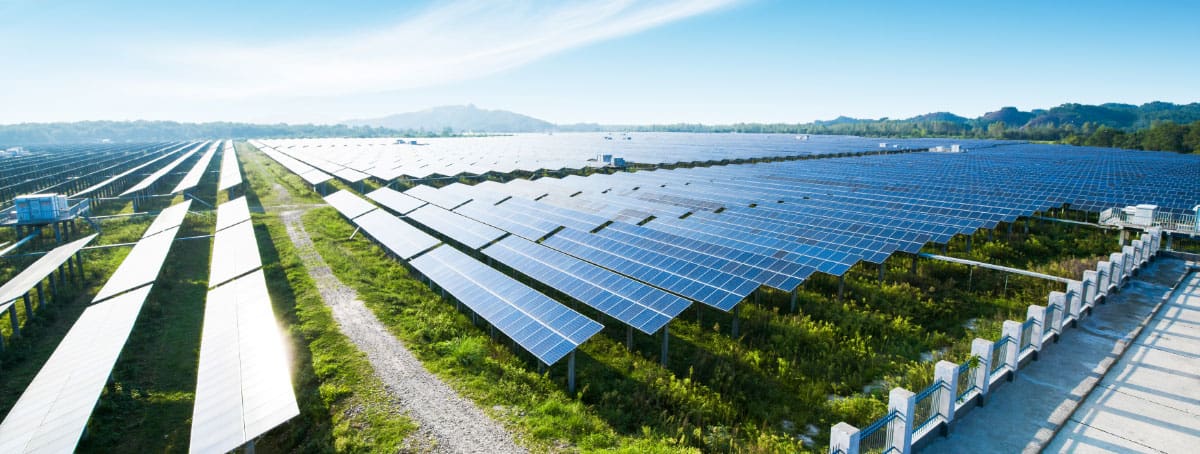
Solar energy farming
Solar farming is now taking place all over the world. South Africa is currently reforming legislation to encourage solar farming.
A solar farm is typically a large decentralized solar array supplying electricity to the power grid. This is sometimes referred to as a photovoltaic power station. Solar farms are built to supply power to the grid. In turn, properties in the area draw from the grid.
The benefits
- Solar farming increases the overall electricity available.
- Solar resources often use available structures.
- It can be connected to the grid.
- Solar energy is a renewable energy source
- Solar farming does not use fossil fuels.
- It is clean and kind to the environment.
- There are no harmful emissions
- It is profitable in the long run.
- Maintenance costs are low.
- Installation costs are dropping.
Solar farming is being treated as a solution to South Africa’s energy crisis.
Disadvantages
Solar farms that cover large spaces may impact local fauna and flora. For example, they may disrupt birds. Ground-mounted solar farms can inhibit natural vegetation growth. However, there are ways to mitigate or reduce this.


